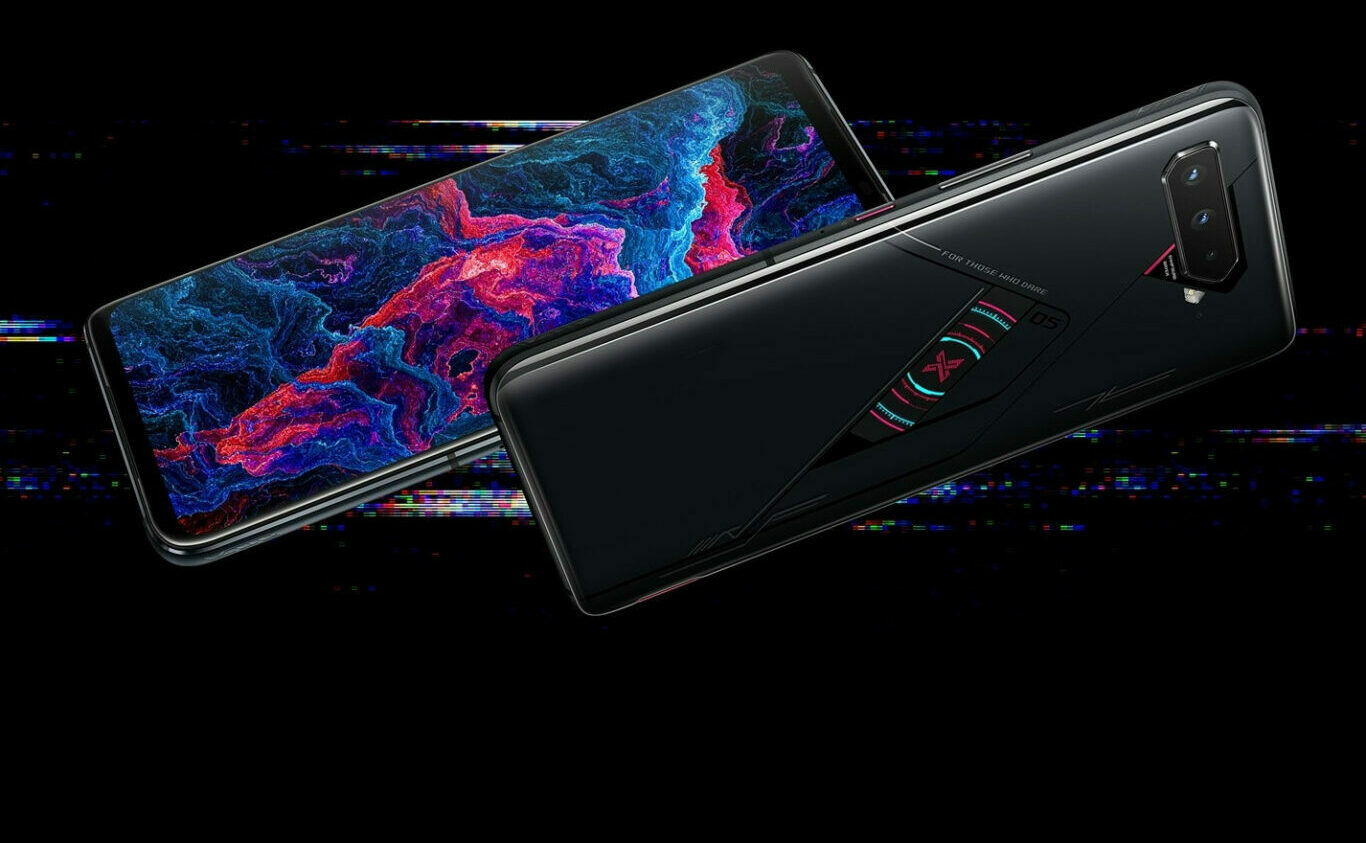中古收購手機
The Google 中古收購手機pixel’s camera is great in low light, you just have to trust HDR
The Google 中古收購手機pixel’s camera is great in low light, you just have to trust HDR
/
Smarter cameras can produce better results
Share this story
Last week, I spent many hours poring over images from the newly released Google 中古收購手機pixel. I was checking them against photos from the iPhone 7 and Samsung Galaxy S7 Edge in what has become a twice-yearly exercise: trying to discern which new phone has the best camera. The conclusion was that the 中古收購手機pixel is pretty much the best, but the difference between the three was closer than ever.
One area where the 中古收購手機pixel seemed to be lacking, however, was in low light situations. The images from the iPhone and the Galaxy S7 you’d see a mix of evenly distributed noise as well as some noise reduction, but the 中古收購手機pixel’s images featured scattered splotchy patches.
Auto HDR+ can be hit or miss in daylight, but it shines in the dark
One of the few things that was communicated to us before we were handed review units was that Google recommended we leave the “Auto HDR+” feature on while shooting. It sounded like hype, and the mode produced some garish results in daylight, so while I was testing I turned Auto HDR+ off. I turned it off on the iPhone and the S7 Edge, too — I wanted an even baseline across all three phones.
But the difference with the 中古收購手機pixel is that its Auto HDR+ mode isn’t just an added feature, it’s part of the core function of the camera. That’s something we uncovered in our interview with Marc Levoy, who is the head of Google’s computational photography team. Levoy sounded extremely proud of what Auto HDR+ was capable of in low light — even without optical image stabilization, which the 中古收購手機pixel lacks. From that article:
“Mathematically speaking, take a picture of a shadowed area — it’s got the right color, it’s just very noisy because not many photons landed in those 中古收購手機pixels,” says Levoy. “But the way the mathematics works, if I take nine shots, the noise will go down by a factor of three — by the square root of the number of shots that I take. And so just taking more shots will make that shot look fine. Maybe it’s still dark, maybe I want to boost it with tone mapping, but it won’t be noisy.”
Now that sounded like a good case for using Auto HDR+. So over the last few days I took a few more shots in low light with the 中古收購手機pixel. I’ve lined them up against images of the same scenes taken by the iPhone 7 (iPhone photos are on the left, 中古收購手機pixel photos on the right):
The difference isn’t massive, but the 中古收購手機pixel definitely has the edge in both of those cases. It captured more detail than the iPhone in both the highlights and in the shadows.
Levoy also said that “by taking multiple images and aligning them, we can afford to keep the colors saturated in low light. Most other manufacturers don’t trust their colors in low light, and so they desaturate, and you’ll see that very clearly on a lot of phones — the colors will be muted in low light, and our colors will not be as muted.” That bears out in examples like these:
Of course, low light is still the most challenging environment for any camera, and the 中古收購手機pixel will still struggle from time to time. And while Levoy says that the 中古收購手機pixel is fine without optical image stabilization because it takes “a number of shorter exposures and merge[s] them,” I’d still appreciate it as someone who has a very unsteady hand. And for as impressive as Auto HDR+ was in low light, it didn’t win out every time. For example, I find the iPhone 7 image more pleasing here:
This is all to say that Google was right: the 中古收購手機pixel can perform really well in low light, better than its competitors in some regards. I’m still not pleased with the inconsistency of Auto HDR+ in daylight situations — especially because the mode activates every time you open the camera app even if you turn it off. But seeing what kind of difference the computational photography approach can make in this one particular situation has me foaming at the mouth wondering what Google might be able to do with its mobile cameras down the road.
As for the phones you can buy now, the iPhone 7 and the S7 Edge have excellent cameras. Google’s is still just a little bit better.

▲中古收購手機pixel三月功能更新。(圖/Google)
記者陳俐穎/綜合報導
Google今宣布三月份的全新功能推送,更新內容涵蓋 中古收購手機pixel 手機的多項新功能,包含中古收購手機pixel 7 支援畫圈搜尋、更便利的應用程式畫面分享等等。
中古收購手機pixel 7 支援畫圈搜尋:
Google 推出全新的「畫圈搜尋」,透過 中古收購手機pixel 8 系列手機,用更簡單又便利的方式來搜尋想要查找的內容。接下來,這項功能將擴大支援 中古收購手機pixel 7 和 中古收購手機pixel 7 Po,不需要切換應用程式,就能輕鬆展開搜尋。只需要長按 中古收購手機pixel 首頁按鈕或導覽列,就可以用畫圈、塗鴉、點按等不同方式,在圖像、文字或影片上搜尋想知道的資訊。
在 Instagram 上呈現 10 位元影片內容:
中古收購手機pixel 手機可以錄製 10 位元 HDR 影片,捕捉並呈現色彩鮮豔、亮度及對比度更高的影片效果。可以使用 Instagram Reels 錄製並上傳 10 位元 HDR 影片,並在 Instagram 上傳分享 Ultra HDR 照片。
更便利的應用程式畫面分享:
透過全新的應用程式畫面分享功能,使用手機進行視訊會議時,可以直接分享所需的應用程式畫面,不必再投放、錄製或分享整個螢幕畫面。這項功能將支援 中古收購手機pixel 5a(5G)版和後續裝置。
快速配對:
透過全新改良的配對方式,快速連結之前已經與帳戶配對的裝置。現在,可以在新手機上存取先前已設定的藍牙裝置,快速配對將以更便利的方式連結對應裝置。
中古收購手機 中古收購手機

:format(webp)/cdn0.vox-cdn.com/uploads/chorus_asset/file/7290701/google-中古收購手機pixel-phone-7857.jpg)